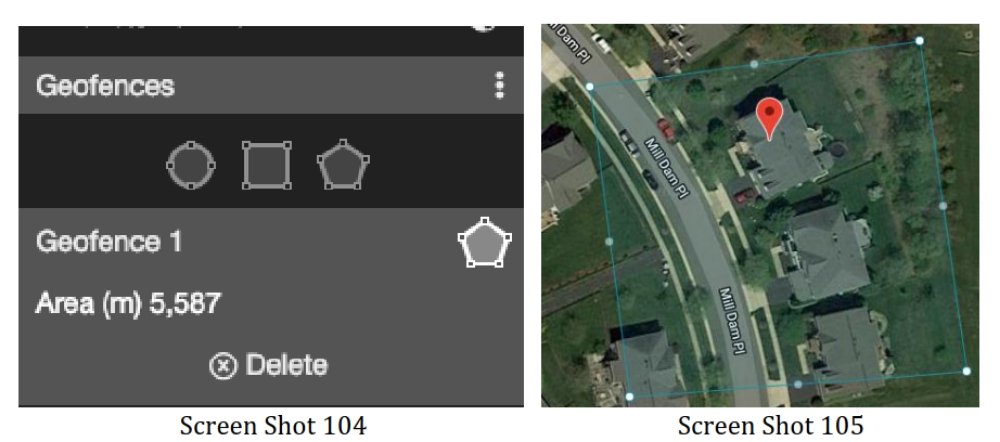Local police departments across the US have bought a tool that allows them to monitor individual devices without a warrant based on data collected from common smartphone apps installed on the world's phones, according to activist group investigations. Electronic Frontier Foundation (EFF) and her Associated Press.

Motherboard published today το εγχειρίδιο χρήσης του εργαλείου, που ονομάζεται Fog Reveal. Ο Bennett Cyphers, τεχνολόγος προσωπικού της EFF που εργάστηκε στην έρευνα χρησιμοποιώντας requests δημόσιων αρχείων, παραχώρησε το εγχειρίδιο στην Motherboard.
The paper describes a technology that was relatively unknown until recently and is being used by local police departments in many different investigations. The Associated Press even reports that although the authorities use the tool very often, prosecutors "rarely, if ever" do not disclose its use in the relevant case files.
“Το εγχειρίδιο μας δείχνει πώς μπορούν να έχουν πρόσβαση οι αστυνομικοί και πως χρησιμοποιούν τα δεδομένα μας. Δείχνει πόσο εύκολο είναι με ένα κλικ να παρακολουθείς αυθαίρετα άτομα με το Fog Reveal. Αυτά τα αρχεία θα πρέπει να είναι δημόσια από προεπιλογή, ώστε το κοινό να μπορεί να ζητήσει από τις Companies monitoringand law enforcement to account," Cyphers told Motherboard.
Virginia-based Fog Data Science is the company behind the Fog Reveal tracker. The Associated Press reports that Fog Reveal lists a company called Venntel as a "data partner," but neither company would specify their relationship.
However, Venntel is known to source global advertising data from its parent company Gravy Analytics. The data comes from apps installed on people's smartphones. App developers often enter into agreements to sell their users' location information to third parties. Venntel then sells the data as a surveillance product to government agencies.
Fog Data Science, meanwhile, appears to be focused on providing similar services to local and state law enforcement agencies, according to EFF and Associated Press investigations.
The Fog Reveal user manual states that “Information that was previously “unknown” or known only through the investment of significant time in efforts such as interviewing witnesses, reviewing surveillance video, and travel records can be revealed in minutes via a desktop or laptop computer. "
After first logging into the tool it's apparent how simple it is for a user to start searching for old but recent data on what devices were in a certain area through a search box that accepts latitude and longitude coordinates and addresses. Users can also draw geofences to see which devices were in an area, with a rectangle, circle or custom polygon, according to the manual.
Read more in the manual itself
fog-data-science-portal-users-manual





